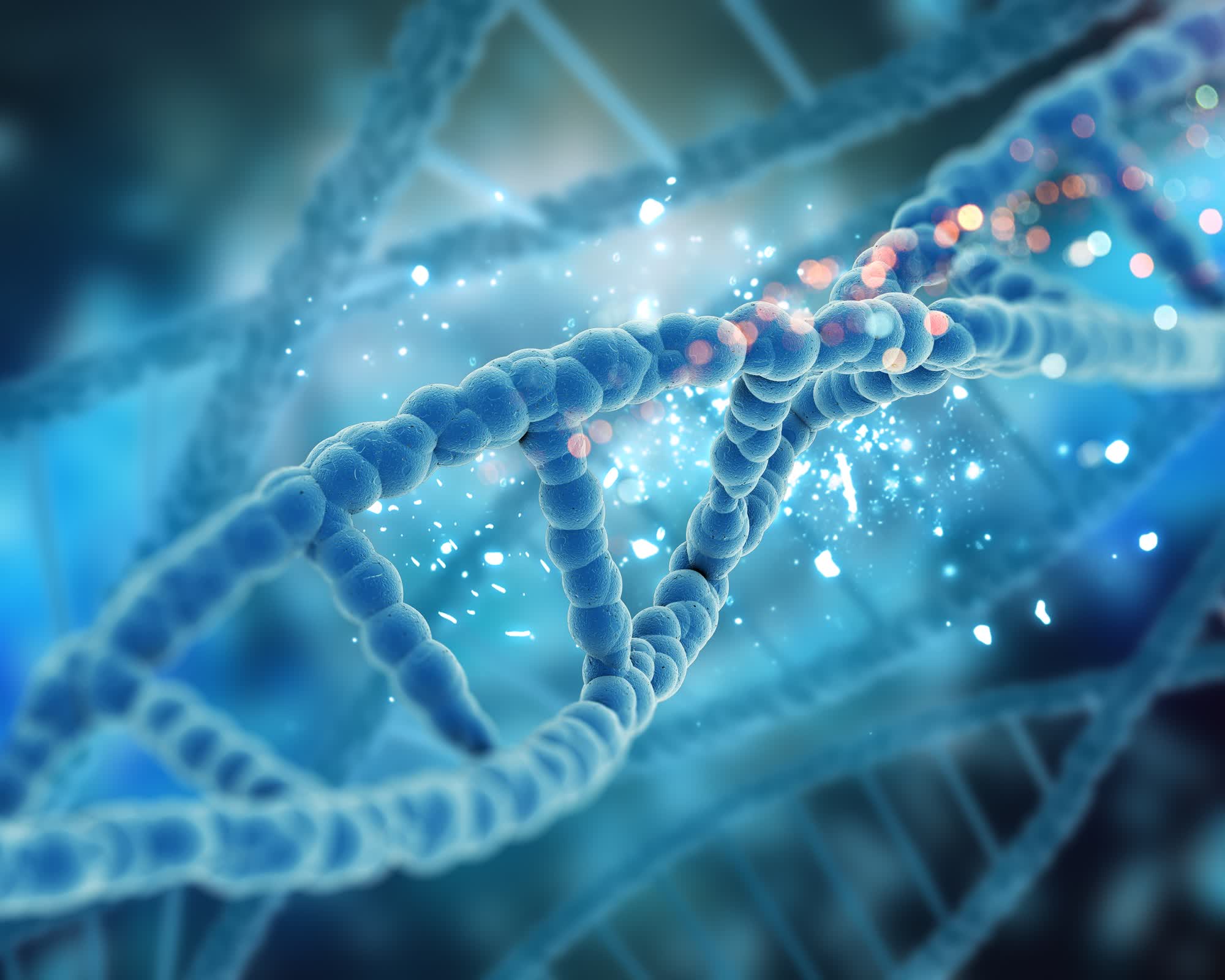Serving tech enthusiasts for over 25 years.
TechSpot means tech analysis and advice you can trust.
A hot potato: Next-generation DNA sequencing (NGS) faces mounting scrutiny over its cyber vulnerabilities. While NGS has revolutionized fields ranging from cancer diagnostics to infectious disease tracking, a new study warns that the systems enabling these advances could also be exploited as a gateway for hackers and malicious actors.
The research, published in IEEE Access and led by Dr. Nasreen Anjum of the University of Portsmouth's School of Computing, is the first to systematically map cyber-biosecurity threats across the entire NGS workflow.
NGS technology, which allows for rapid and cost-effective sequencing of DNA and RNA, underpins not only cancer research and drug development but also agricultural innovation and forensic science. Its ability to process millions to billions of DNA fragments simultaneously has dramatically lowered the cost and increased the speed of genome analysis, making it a staple in labs worldwide.
However, the study highlights a less-discussed side of this technological leap: the growing number of vulnerabilities at each stage of the NGS pipeline. From sample preparation to sequencing and data analysis, each step relies on specialized instruments, complex software, and networked systems.
According to Dr. Anjum, these interconnected processes create multiple points where security can be breached. As vast genomic datasets are increasingly stored and shared online, the risk of cybercriminals accessing and misusing this sensitive information grows.

The study warns that such breaches could enable not only privacy violations or identity tracing but also more sinister possibilities, such as data manipulation or the creation of synthetic DNA-encoded malware.
"Protecting genomic data isn't just about encryption – it's about anticipating attacks that don't yet exist," Dr. Anjum said, calling for a fundamental rethink in how the field approaches security.
The research was conducted with experts from Anglia Ruskin University, the University of Gloucestershire, Najran University, and Shaheed Benazir Bhutto Women's University.
The team identified several emerging threats, including AI-driven manipulation of genomic data and advanced re-identification techniques that could compromise individual privacy. These risks, they argue, extend beyond the individual to threaten scientific integrity and even national security.
Despite these dangers, Dr. Anjum notes that cyber-biosecurity remains a neglected area, with fragmented protections and little collaboration between the disciplines of computer science, bioinformatics, biotechnology, and security.
To address these challenges, the study recommends a suite of practical solutions: secure sequencing protocols, encrypted data storage, and AI-powered anomaly detection systems. The authors urge governments, regulatory bodies, and academic institutions to prioritize investment in research, education, and policy development to close the current gaps in biosecurity.
The urgency of these recommendations is heightened by the rapid drop in sequencing costs and the proliferation of NGS applications. Where sequencing a human genome once cost tens of thousands of dollars, some companies now offer the service for as little as $200, with prices expected to fall further.
This affordability has democratized access to genomic data and expanded the attack surface for potential cyber threats.









 English (US) ·
English (US) ·